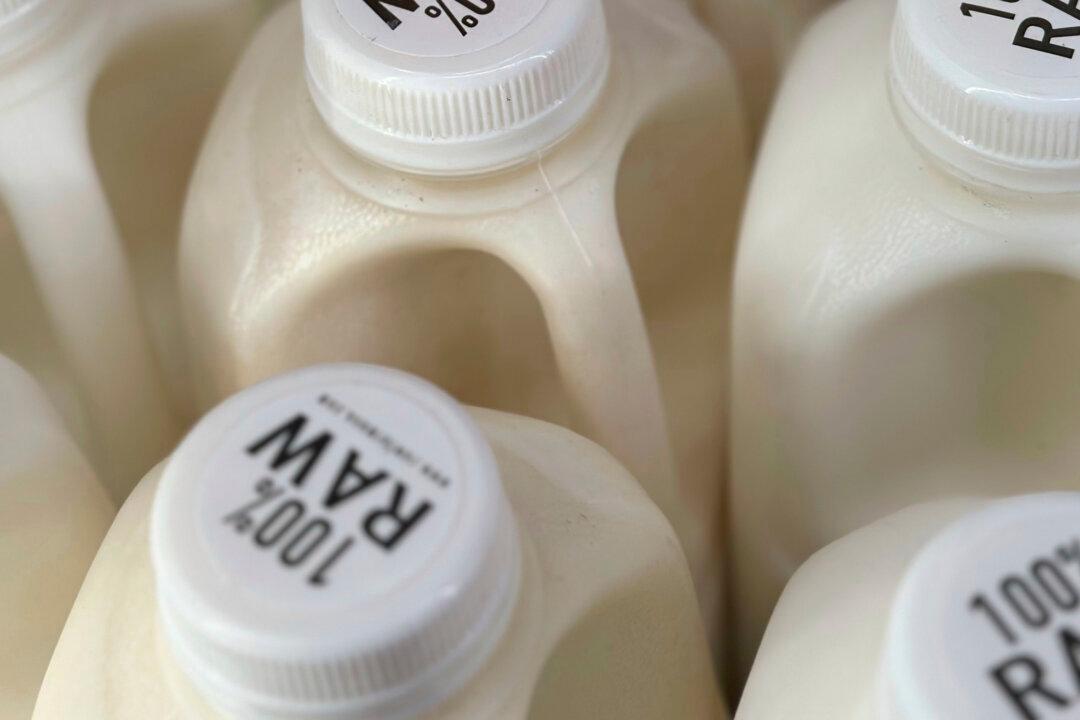The Food and Drug Administration (FDA) is collecting samples of raw cow’s milk cheese from across the United States to test for the presence of highly pathogenic avian influenza (H5N1), also known as bird flu, the agency said in a Dec. 30 statement.
Sample collection began at the end of December 2024 and is expected to be completed by the end of March 2025, though the collection period could be extended to achieve the FDA’s targets, the agency stated.





